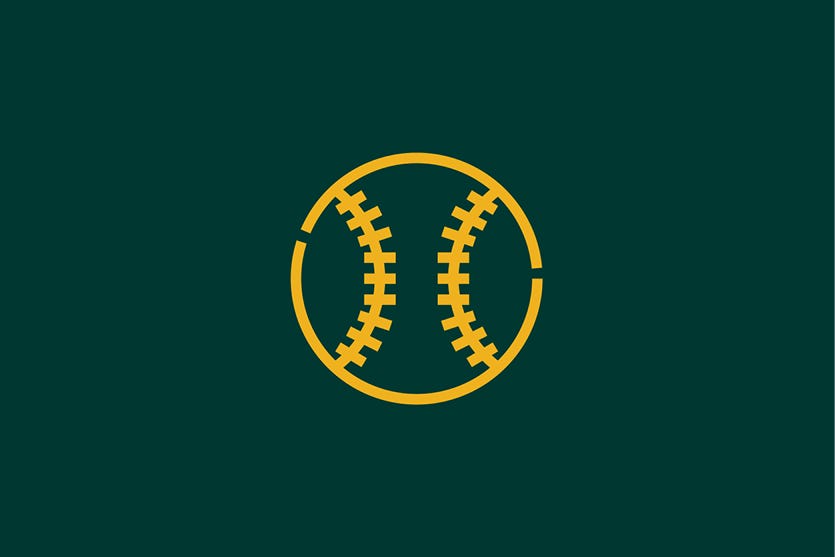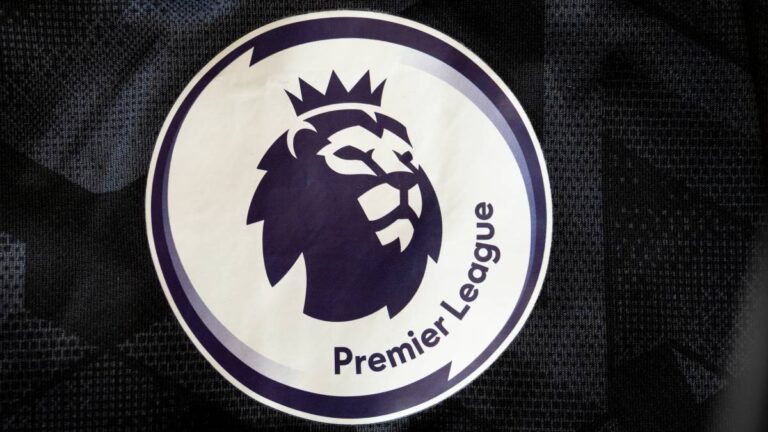

This newsletter is slowly traveling through the Best 50. That’s my list of history’s 50 greatest ballclubs, as ranked by my new book, Baseball’s Best (and Worst) Teams. Today’s story focuses on No. 35, the 1913 Philadelphia Athletics.
Here’s a quick boilerplate explanation that I’m appending to every story in this series:
I compiled the Best 50 by analyzing 2,544 major-league teams from 1903 to 2024. Those clubs have been ranked by their team scores (TS), which are plotted on a 100-point scale. (A given club’s all-time percentile is the percentage of the other 2,543 teams that it outperformed.)
See my book for an explanation of my TS calculations. The book also offers separate breakdowns of the best and worst clubs for every decade and franchise, comprehensive profiles of the Best 50 (including position-by-position lineups and much more information than you’ll find in this newsletter), and similar summaries of the 10 worst teams of all time.
Now on to today’s profile.
-
Team: 1913 Philadelphia Athletics
-
Team score: 86.190 points
-
All-time rank: 35 of 2,544
-
All-time percentile: 98.66%
-
Season record: 96-57 (.627)
-
Season position: First place in American League
-
Final status: World champion
Philadelphia’s American League club returned to form in 1913. The Athletics, fresh off a pair of world championships, had stumbled to third place in 1912. But an infusion of young pitching talent allowed them to rebound quickly.
The everyday lineup was essentially the same as in 1911’s title run. Six position players started more than 100 games for the A’s in 1913; all six had been regulars two years previously. Third baseman Home Run Baker led the attack with 12 homers and 117 runs batted in, topping the American League in both categories.
The pitching staff adjusted with the times. Youngsters Carroll Brown, Joe Bush, and Byron Houck combined for 46 wins, lessening the load on veterans Charles Bender and Eddie Plank. This mixture of youth and experience fueled the A’s to a 10.5-game lead by mid-July. They breezed to the AL pennant from there.
Get the complete lowdown on the 50 greatest (and 10 weakest) clubs of all time
Pundits anticipated a monumental World Series between the A’s and the New York Giants, who won their third consecutive National League pennant in 1913. But Philadelphia prevailed with surprising ease. The Athletics’ only defeat came in Game Two, when New York ace Christy Mathewson outdueled Eddie Plank, 3-0. But Plank struck back with a 3-1 victory over Mathewson in Game Five, clinching the A’s third world championship in four seasons.
The one-sided series disappointed the nation’s fans. “It was a hollow victory for the Athletics,” complained the Sporting News. “They outclassed their opponents in every department of the game — mental as well as physical.”
A new installment will arrive in your email each Tuesday and Friday morning
The pitching ace for Philadelphia’s 1910 and 1911 champions was nowhere to be seen in 1913. Jack Coombs, who had amassed a 59-21 record over the two title seasons, was waylaid by typhoid fever during 1913’s spring training. He made a valiant attempt to fulfill his role in the rotation, starting a pair of games in April, but his strength and stamina were gone. He would not pitch again until the final week of 1914.
Coombs’s absence forced manager Connie Mack to rely more heavily on young starters than he had intended, and they came through. Carroll Brown, in just his second major-league season, made 35 starts, the most by any Athletics pitcher. He finished with 17 wins. Rookie Joe Bush, whose impressive fastball earned him the inevitable nickname of “Bullet Joe,” went 15-6. Byron Houck, another second-year man, contributed 14 victories to the cause.
The staff’s two veterans remained vitally important. Eddie Plank and Charles Bender were the only A’s pitchers to work more than 235 innings — or to win more than 17 games. Bender finished fourth in the AL with 21 victories.
The daily lineup was populated by familiar faces. Second baseman Eddie Collins paced the American League in runs scored (125) and the A’s in batting average (.345). Home Run Baker piled up 27 more RBIs than anybody else in the league. Stuffy McInnis batted a solid .324 and also topped the AL’s first basemen in a pair of fielding stats (putouts and fielding percentage). Historians credit McInnis with being the original first baseman to stretch himself flat — to “do the splits” — to nip a speedy baserunner on a close throw.





